Dew Point Meter Principle
By Cooling at constant pressure if the temperature of air is reduced, the water-vapour in the air will start to condense at a particular temperature. This temperature is called dew point temperature.
Description of Dew Point Meter
The main Parts of arrangement are
- A shiny surface (mirror) is fixed with a thermocouple.
- A nozzle is providing a jet of air on the mirror.
- A light source focused constantly on the mirror.
- A photo cell to detect the amount of light reflected from the mirror.
Operation of Dew Point Meter
- The mirror is constantly cooled by a cooling medium. The cooling medium is maintained at a constant temperature.
- To this mirror is attached a thermocouple whose leads are connected to a millivoltmeter.
- Constantly a light is made to fall in an angle on the mirror and the amount of reflected light is sensed by a photo cell.
- Now an air jet is made to fall in an angle on the mirror and the water-vapor (moisture) contained in the air starts condensing on the mirror and they appear as small drops (dew) on the mirror.
- This moisture (dews) formed on the mirror reduces the amount of light reflected from the mirror and it is detected by photocell. When for the first time, there is a change in amount of transmitted light; it becomes an indication of dew formation.
- At this instance (that is, when the due formation is detected first), the temperature indicated by the thermocouple attached to the mirror becomes the dew point temperature.
- Thus this arrangement is used to determine the time at which the dew appears for the first time and dew point temperature.
Application of dew point meter
- This instrument is used on ships to protect cargoes from condensation damage by maintaining the dew point of air in holds lower than the cargo temperature.
- Used in industries for determining dew point.
Limitations of dew point meter
There are limitations in cooling fluids and light measurement.
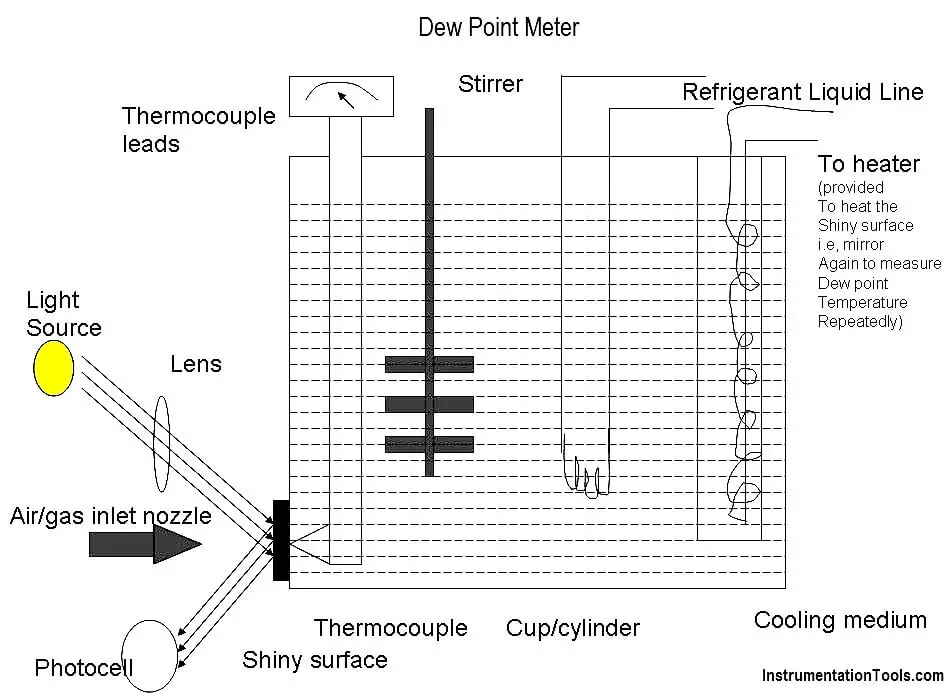
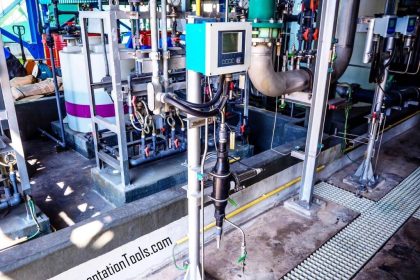
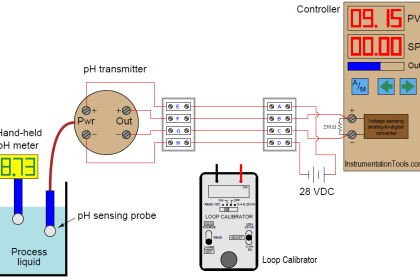
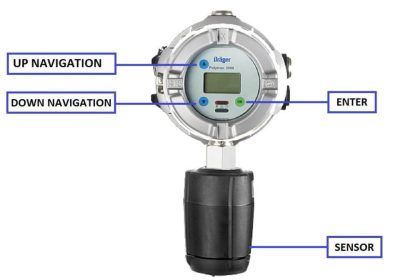
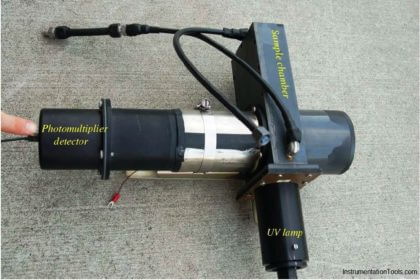
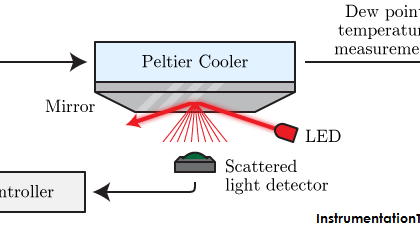


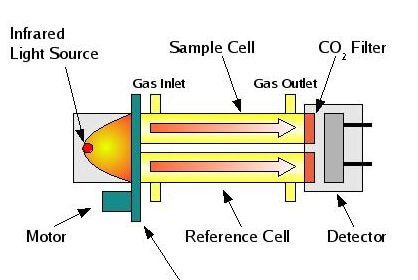


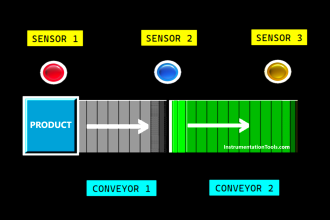


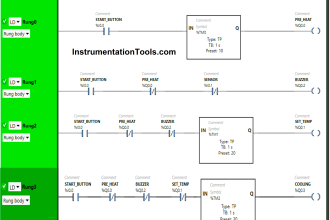



Could you inform me about DEW point meter application on transformers? İn the transformers there is nitrogen gas because of protection before oil filling process. I want to learn how we can test the DEW point on transformers?
Thank you in advance